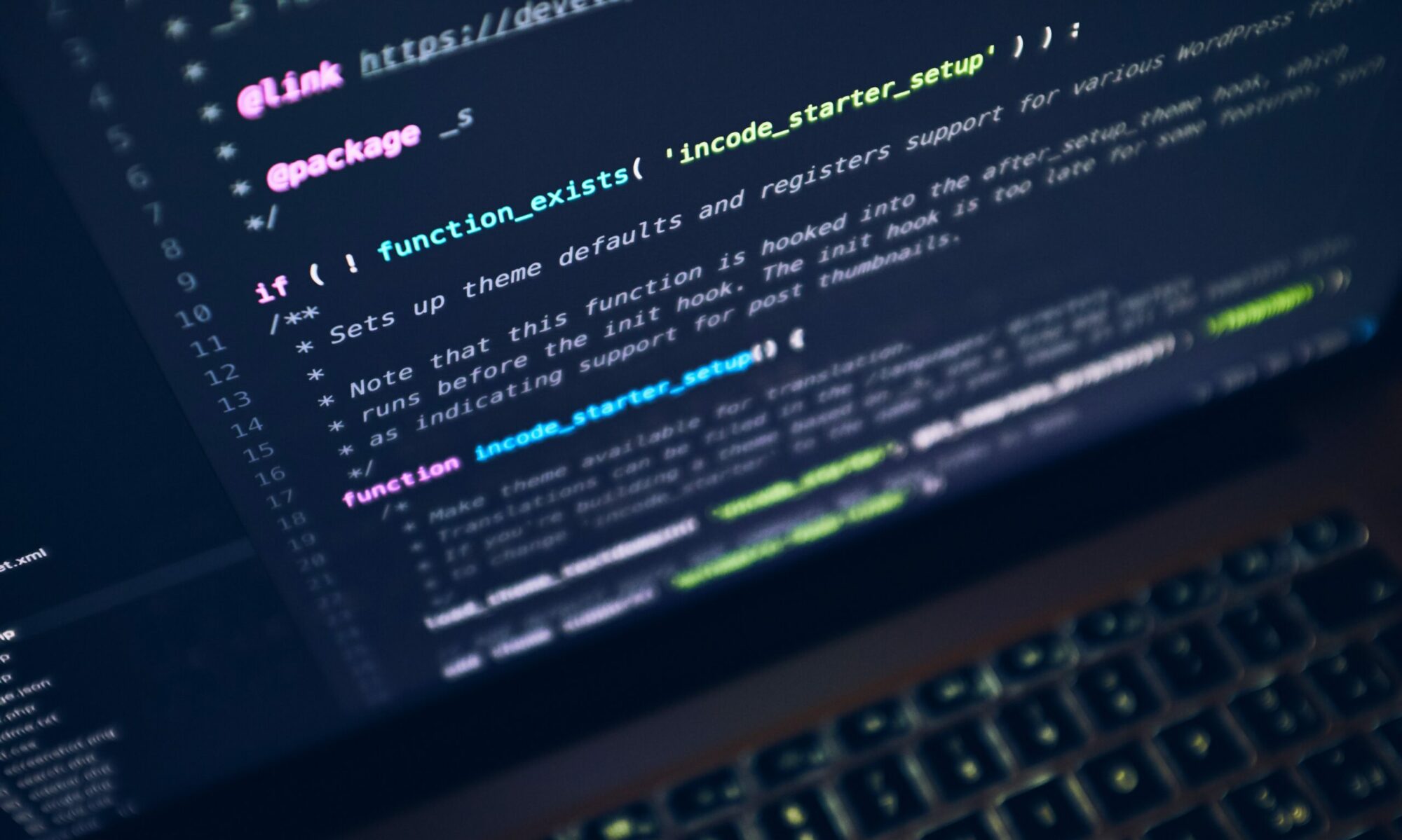How will AI Change the Security Operations Center?
The cybersecurity landscape is continually evolving. Security Operations Center (SOC) teams are struggling to keep up, inundated with an overwhelming number of alerts and faced with the arduous task of distinguishing genuine threats from system noise. Making matters worse, attackers themselves are beginning to deploy Artificial Intelligence (AI) in their malicious pursuits.
But there’s a silver lining. AI looks set to revolutionize SOCs, offering unprecedented levels of automation and proactive threat detection, ultimately providing much-needed relief for overstretched security teams.
Experts, including those at the GCHQ spy agency in Britain, warn about increasing cyberattacks with AI lowering barriers to entry. Meanwhile, the sheer volume of attacks is growing. Shailesh Rao, president of Cortex at Palo Alto Networks, reveals that the company’s daily events rose from a billion to a staggering 36 billion within two years.
These figures are not surprising. Foundry’s Security Priorities Study 2023 found that 88% of security leaders believe they are falling short in addressing cyber risk. Many are turning towards increased spending, innovative technology, and AI adoption to manage the situation.
Palo Alto Networks recognizes this trend and has been investing substantially in AI to achieve enhanced
threat detection capabilities. By using AI and machine learning algorithms, SOCs can automate routine tasks such as log analysis and anomaly detection, allowing human analysts to focus on more complex issues. AI can also help identify patterns and correlations in vast amounts of data, improving the speed and accuracy of threat detection.
Moreover, AI can enable SOCs to predict and prevent cyberattacks before they occur. By analyzing historical data and current trends, AI algorithms can identify potential vulnerabilities and weaknesses in the system, allowing security teams to proactively address them. This proactive approach can significantly reduce the likelihood of successful attacks and minimize the impact of security breaches.
Overall, AI is poised to revolutionize the way SOCs operate. By harnessing the power of automation, machine learning, and predictive analytics, AI can enhance the capabilities of security teams, improve threat detection and response times, and ultimately strengthen the overall cybersecurity posture of organizations. Embracing AI technology is essential for staying ahead of cyber threats in an increasingly complex and evolving digital landscape.
Summary:
Artificial Intelligence (AI) is set to transform Security Operations Centers (SOCs) by providing automation and proactive threat detection capabilities. With attackers increasingly using AI in their malicious activities, security teams are facing a growing number of cyber threats. To address these challenges, many organizations are turning to AI to enhance their cybersecurity defenses. By automating routine tasks, analyzing vast amounts of data, and predicting potential threats, AI can help SOCs improve their efficiency and effectiveness in detecting and mitigating cyber threats. Embracing AI technology is crucial for organizations to stay ahead of cyber threats and strengthen their overall cybersecurity posture in an ever-evolving digital landscape.

